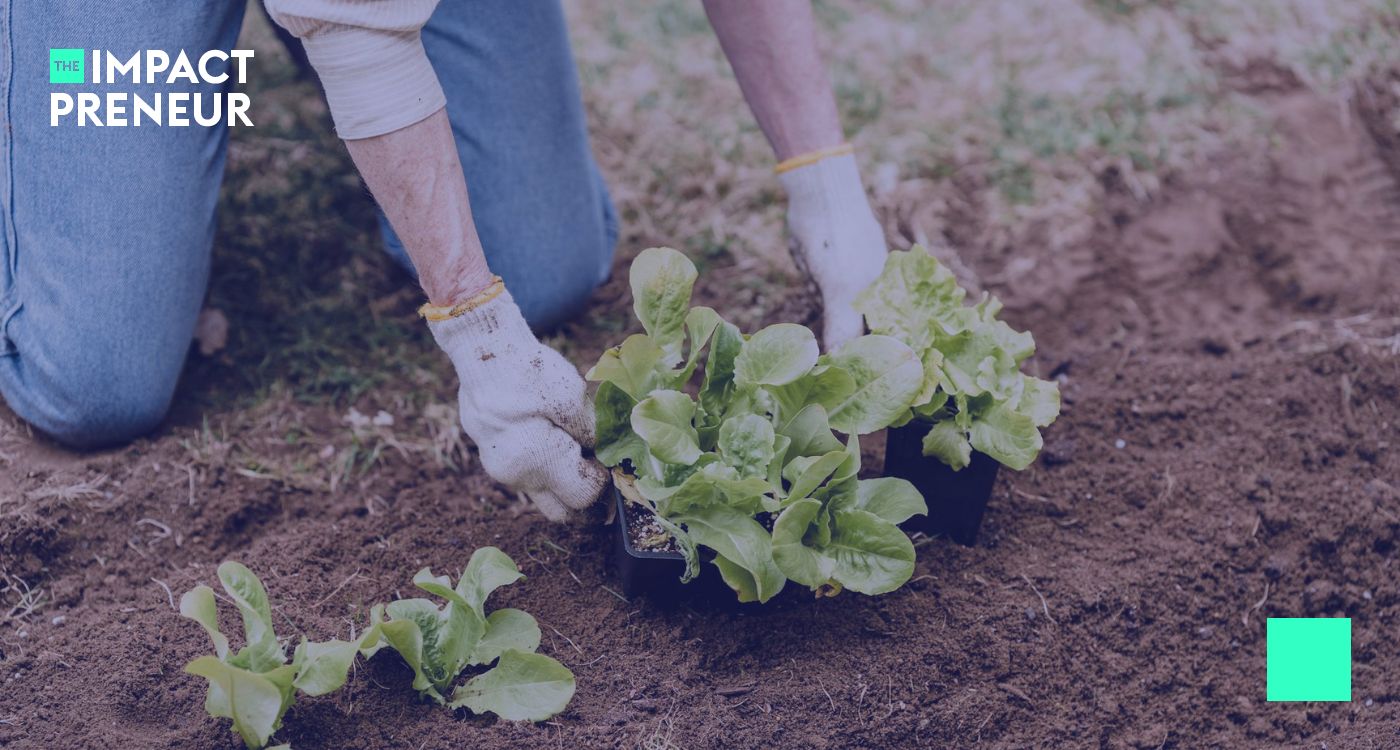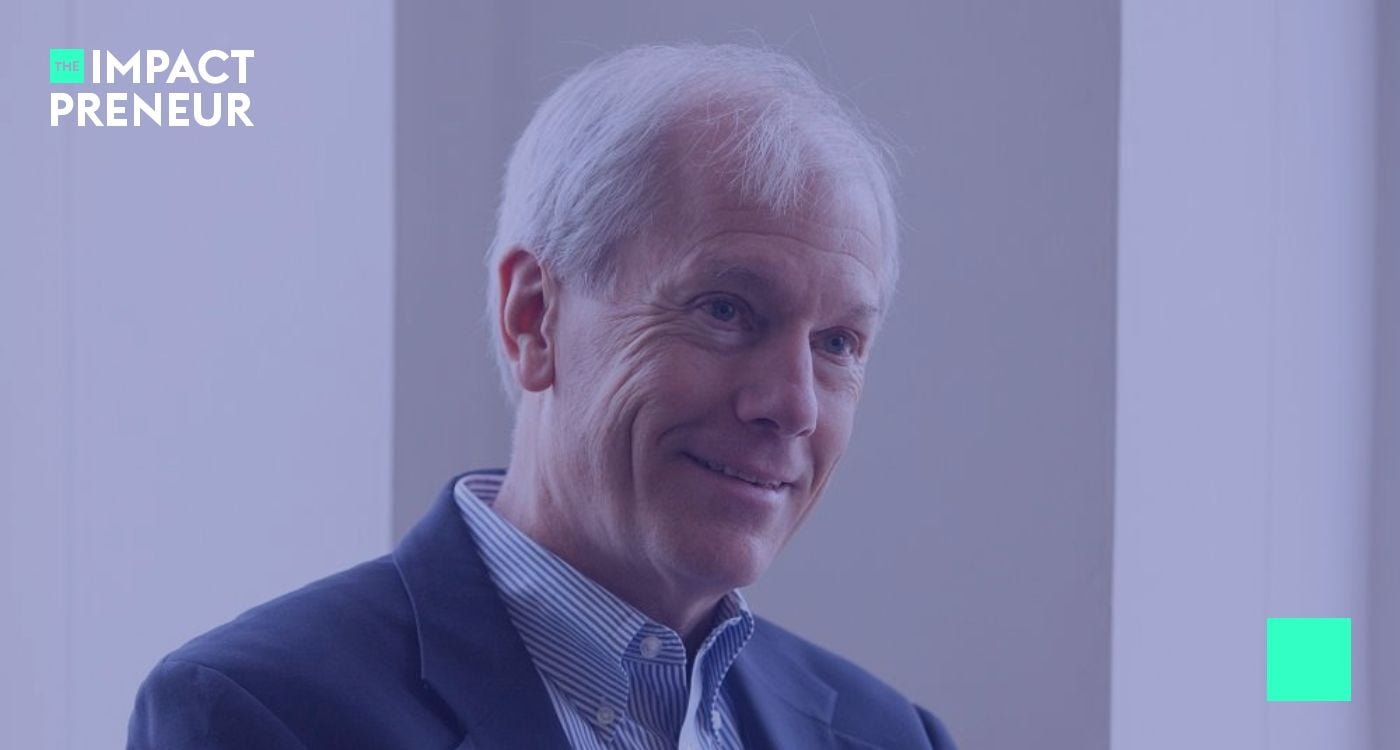Photo by: Greta Hoffman
In the wake of environmental crisis and health awareness, a groundbreaking approach is changing the face of agriculture. It’s called Regenerative Organic Certification (ROC), and it’s not just a trend—it’s a lifeline for our future. This innovative certification goes beyond traditional organic farming by focusing on practices that rejuvenate the soil, respect animal welfare, and ensure fairness for farmers and workers. But why is this important, and how does it affect you? Let’s peel back the layers of this agricultural revolution and discover how ROC is nurturing a healthier planet, one farm at a time.
Quick Bites:
- Healthy soil, healthy you. ROC emphasizes soil health, directly linking it to the quality of the food on your plate and, subsequently, your health.
- It’s not just about what we grow but how we grow it. ROC ensures animals are treated with dignity and farmers are treated fairly.
- Regenerative practices have the power to reverse environmental damage, making ROC a beacon of hope for the planet.
- By choosing ROC products, consumers can drive significant change in the agricultural sector, pushing for a sustainable future.
The Soil Under Our Feet: The Foundation of Life
Imagine stepping onto a farm where the ground beneath your feet teems with life. This isn’t a scene from a utopian novel; it’s the reality of regenerative organic farming. The ROC movement posits a simple yet groundbreaking idea: take care of the soil, and it will take care of everything else. The health of the soil is directly linked to the health of the food it produces, and by extension, the health of those who consume it. But the impact doesn’t stop at nutrition; it extends to the very air we breathe and the water in our streams.
“When we deplete the soil through conventional farming practices, we're not just affecting plants; we're impacting our own health.” Elizabeth Whitlow, the Executive Director of the Regenerative Organic Alliance, passionately shares.
At the heart of the ROC philosophy is a commitment to biodiversity. Conventional farming methods often deplete the soil, stripping away the complex ecosystem that supports plant life. In contrast, regenerative organic practices encourage a rich tapestry of soil life, from microorganisms to earthworms, each playing a crucial role in nutrient cycling and soil structure. This vibrant soil ecosystem is the key to resilient crops that can withstand pests and changing climate conditions.
Moreover, the benefits of healthy soil extend beyond the farm. Soil is a massive carbon sink, with the potential to draw down significant amounts of carbon dioxide from the atmosphere. By adopting ROC practices, farms become frontline warriors in the battle against climate change, sequestering carbon and reducing greenhouse gas emissions. It’s a compelling argument for a shift in farming paradigms, from exploitation to regeneration.
The connection between soil health and human health is undeniable. Emerging research suggests that the decline in soil biodiversity may be mirrored by a decline in the human microbiome, leading to a rise in diseases and allergies. It’s a stark reminder of our dependence on the earth and the urgent need for practices that nurture rather than deplete our agricultural landscapes.
The Pioneers Behind the Movement
Enter the trailblazers of the ROC movement, spearheaded by organizations and individuals who dared to imagine a better way. At the forefront is the Regenerative Organic Alliance, a collaborative effort by eco-conscious companies like Patagonia and Dr. Bronner’s. Their mission is ambitious: to redefine the standards of organic agriculture on a global scale. But what drives this mission, and why are these pioneers betting big on ROC?
The answer lies in a collective realization that the future of food production must be sustainable, ethical, and regenerative. These leaders have witnessed first-hand the limitations of conventional organic farming and the urgent need for a system that addresses not just environmental concerns but also social justice and animal welfare. Their commitment is evident in the rigorous ROC certification standards, which encompass soil health, animal welfare, and social fairness in equal measure.
The global embrace of ROC is a testament to its universal applicability. From the sun-drenched fields of California to the lush landscapes of Sierra Leone, farmers are adopting regenerative practices, proving that ROC is more than a niche movement—it’s a global revolution. These pioneers are not just farming differently; they’re inspiring a new generation of farmers, consumers, and policymakers to rethink the foundations of food production.
The journey of ROC is filled with challenges, from changing deeply ingrained farming practices to navigating the complexities of global supply chains. Yet, the successes are undeniable and growing. Every ROC-certified farm is a beacon of hope, a proof of concept that regenerative organic farming is not only viable but also profitable and scalable. These pioneers are laying the groundwork for a future where agriculture and ecology walk hand in hand.
The Challenges and Triumphs
Adopting ROC is not without its hurdles. Transitioning from conventional to regenerative organic practices demands a paradigm shift in how we view agriculture. It’s a challenge that encompasses not just the technical aspects of farming but also deep-seated beliefs about nature, technology, and progress. Yet, for those who have embarked on this journey, the rewards far outweigh the obstacles.
"What we're setting out to address are like the problems with factory farming, over-tilling the soil, for the application of chemical pesticides and herbicides; this fractured rural economies, it's happening all over the world." Elizabeth Whitlow reflects on the broader implications of ROC's mission.
Regenerative organic farms are not just food production sites; they're vibrant ecosystems overflowing with life. These farms are proving that it's possible to produce abundant, nutritious food while enhancing biodiversity, improving water cycles, and increasing resilience to climate change. Farmers are witnessing transformations in their lands, from barren, compacted soils to fertile, living earth capable of supporting diverse crops and livestock. It's agriculture, yes, but it's also ecology in action.
However, the triumphs of ROC go beyond environmental benefits. They're rewriting the social contract of farming, ensuring fair treatment and fair pay for farmworkers, and establishing ethical animal husbandry as the norm. These practices build stronger, healthier communities around farms, proving that when we farm in ways that are good for the earth, they're also good for people.
The ripple effects of ROC are also being felt across the food system. Consumers are increasingly seeking out ROC-certified products, drawn not just to the quality of the food but to the story behind it. It's a powerful demonstration of the market's potential to drive positive change, aligning consumer values with farming practices that support a more sustainable and just world.
Yet, the road ahead is long. The agricultural sector is vast and varied, and shifting the global food system towards regenerative organic practices will require concerted effort from all quarters. It will demand innovation, education, and a willingness to challenge the status quo. But the progress made so far offers a blueprint for a future where agriculture is part of the solution to our environmental and social challenges.
A Path Forward: Your Role in the Regenerative Organic Revolution
The journey towards a regenerative organic future is one we can all participate in. Here are a few steps you can take to support the movement and help bring about a healthier, more sustainable world:
- Become an Informed Consumer: Knowledge is power. Learn about ROC and how it differs from conventional and even traditional organic farming. Understanding the impact of your food choices is the first step toward making better ones.
- Choose Regenerative Organic: Whenever possible, buy ROC-certified products. Your purchasing power can drive demand for regenerative organic foods and support the farmers who are stewarding the land responsibly.
- Spread the Word: Talk to your friends, family, and community about ROC and why it matters. Awareness is critical to growing the movement and amplifying its impact.
- Support Policies and Practices that Promote Regenerative Agriculture: Advocate for local and national policies that support regenerative organic farming. This can include everything from farm subsidies for regenerative practices to urban policies that promote local, sustainable food systems.
- Engage Locally: Participate in or support community gardens, farmers' markets, and local initiatives that align with regenerative organic principles. Building local food resilience is a powerful step toward broader change.
The Regenerative Organic Certification is more than just a label; it's a roadmap for the future of farming. It offers a vision of agriculture that nourishes the earth, respects all living beings, and builds strong communities. By supporting ROC, we're not just choosing healthier food; we're choosing a healthier planet. The revolution is underway, and each of us has a role to play. So, what's your next step?
Questions on the Topic
Q: What challenges and innovations have arisen from implementing ROC?
A: Initially, people thought ROC's standards were sky-high—like planting a flag on the moon. No-till farming? High animal welfare standards? Ensuring social fairness across the board? It sounded like a tall order. But here's where the magic happens: through pilot programs, feedback, and a dash of innovation, adjustments were made. Soil health criteria evolved, certification tools were developed, and digital platforms were created to streamline the process. It's a bit like assembling a jigsaw puzzle without the picture on the box—challenging but oh-so-rewarding when the pieces fit.
Q: How did the Regenerative Organic Alliance come to be?
A: The vision came together in 2017 at the Rodale Institute farm. Picture this: leaders from the organic sector, along with farmers who've got dirt under their nails and a fire in their hearts, all meeting to say, "Enough!" to the direction they saw organic farming heading. Their mission? To establish a certification that's as robust as an oak and as meaningful as the air we breathe. With soil health, animal welfare, and social fairness as their guiding stars, they set out to ensure organic farming truly means something profound. Here's a fun fact: The conversation sparked because of concerns around hydroponic production. Can you believe there was a debate about whether food grown without soil should be considered organic?
Q: How is ROC different from other organic certifications?
A: Think of ROC as organic's cooler, more responsible older sibling. While organic certification was a great start, ROC takes it up a notch (or ten). It's not just about avoiding the bad stuff; it's about actively doing good—for the soil, for the animals, and for the people. This certification digs deeper, literally into the soil, ensuring practices that replenish and revive our earth. And it's not just about the environment; it's about making sure farmers can live off their land and animals can live as, well, animals should. Insider scoop: Even the purchasing standards are revolutionary, demanding fairness and transparency down to the very last bean.
Q: Why is the conversation around soil health and regenerative practices more crucial than ever?
A: Ever heard the saying, "You are what you eat"? Well, it turns out, so is the planet. The soil is like the Earth's gut, and just as our microbiomes are crucial for our health, the soil's health is crucial for the planet's well-being. Degraded soil doesn't just mean bad news for plants; it spells disaster for waterways, air quality, and yes, even the climate. ROC is on a mission to heal our world from the ground up, proving that how we grow our food can be the solution to some of our biggest environmental crises.




